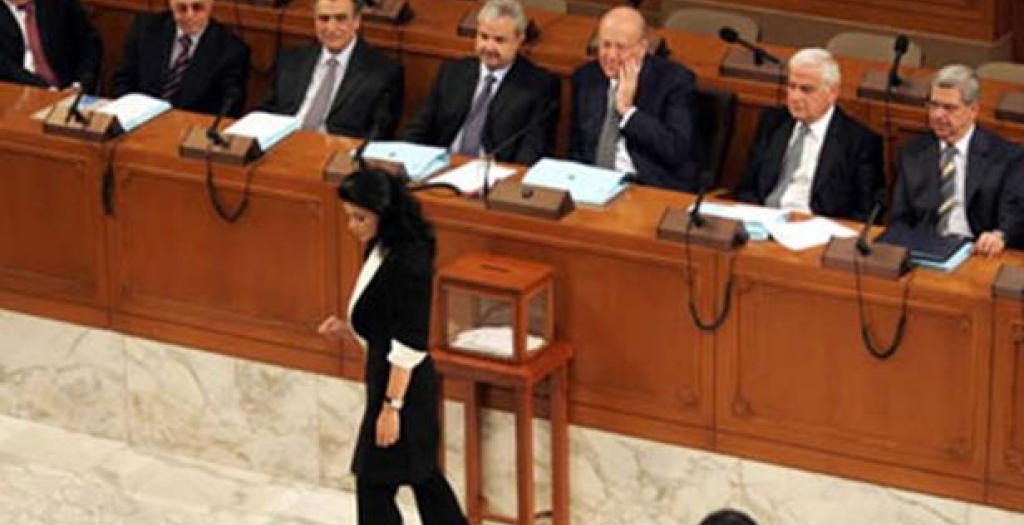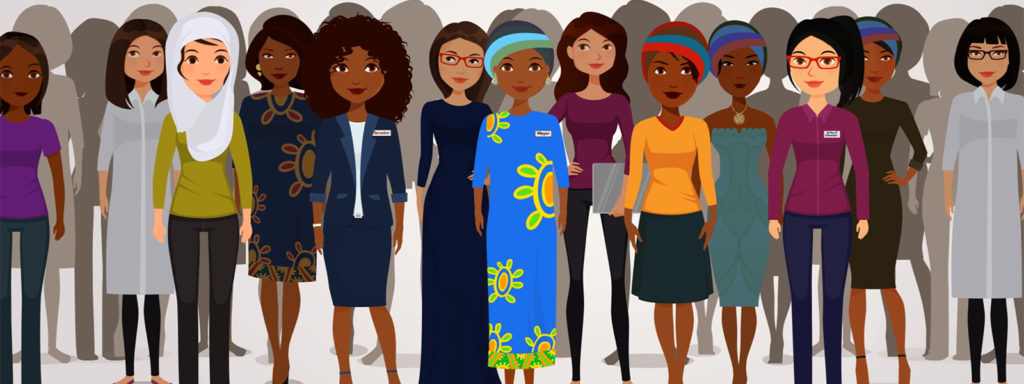Women’s representation in the Lebanese media
Overcoming poor representation and gender stereotypes
Hivos WE4L Lebanon Partner Maharat Foundation’s report following its gendered-based election media monitoring in the May 2016 Lebanese municipal elections shows how women political opinion-makers and leaders continue to be weakly represented in the Lebanese audio-visual media.
During the launch of the report on 20 October 2016, a discussion between women journalists and women activists and candidates on the role of the media in reaching out to women leaders centered on the question: who reaches out to whom?
“We see a vital need to reconsider the stereotypes of men and women perpetrated by the media. The performance of the media – reflected in the choice of words and imagery and in the frequency of women’s participation in political shows and the words used to introduce them – can serve to liberate women of limiting stereotypes.”
This is also the conclusion reached by Maharat Foundation’s report. Maharat’s research reveals that instead of playing a role in narrowing the gender gap, busting myths and undoing stereotypes, the Lebanese media echoes the mainstream patriarchal societal discourse on these issues and reinforces existing stereotypes. The study details how the media addressed, portrayed and represented women in the context of the latest municipal elections in Lebanon, which took place over 4 consecutive Sundays in May 2016.
Material was collected in May 2016 from seven daily newspapers and television channels (including 6 political talk shows), as well as media coverage of the four rounds of municipal elections. The disconcerting, yet not particularly surprising findings, were presented at the launch of the gender-based monitoring reports of the 2016 municipal elections organised by the Lebanese Association for Democratic Elections (LADE) and Maharat Foundation, with support from Hivos through its Women Empowered for Leadership programme, on 20 October 2016.
On the talk shows covered in the study, 89 percent of guests were male and only 11 percent were female, with the space dedicated women to give their opinion shrinking to a disturbing 7 percent, confirming the differentl treatment of women and men in the media. Women candidates were not interviewed by newspapers during election month, nor did television news reports feature professional women, female experts or analysts discussing the elections. Male opinion-makers occupied 95 percent of the space and time in television news reports dedicated to the elections.
A panel of women journalists hosted by LADE and Maharat during the launch of the report mostly confirmed these findings. Sobhieh Najjar from the Lebanese Broadcasting Corporation International (LBCI), Claire Shukr from Lebanese daily newspaper Assafir, and Yumna Fawaz from Al-Jadeed Television, drawing from their experiences, commented on the report. They arrived at a rather troubling conclusion. If the media, on the one hand, is eagerly looking for competent women to talk politics, yet women talking politics fills up only 7 percent of airtime, the strong implication is that there are no confident, competent and politically astute women in Lebanon, or at least there were not any during the 2016 municipal elections.
Both Chakar and Fawaz clarified their arguments to say the issue was not women’s competence, but the relationship between women leaders and opinion-makers, and the media, i.e. “who looks for whom”. It was not solely the media’s responsibility to find and cover women leaders; women themselves needed to make an effort. The journalists suggested that women should not only show their confidence and prove their expertise and competence, they also need to network and develop ties with the media, as well as be available and adapt themselves to the fast-paced world of news deadlines.
The discussion however remained contentious, as the journalists seemed to be suggesting that many women were incompatible with the news environment and did not have the “readiness” it required.
Sobhiya Najjar from LBCI redirected the discussion by noting women’s often unequal social and domestic responsibilities, the preference in local communities for male relatives on electoral lists, and the fear of family feuds if women ran on independent lists against candidates from their own families.
LADE’s Secretary General Zeina El Helou raised probably the most pertinent question: why is it always required that women prove their merit, competence and confidence as a prerequisite for public exposure and visibility, while the same is never required of men, especially as media exposure for men is almost always granted.
The numbers in Maharat’s report reflect not only “society” at large, but more specifically the media structures and processes that still consider men as the ideal political being – candidate, expert, analyst. The numbers also point to structures and processes that are still largely gender blind, reductive in their approach to women’s political participation, and dismissive of the structural issues hindering their proper representation. Unequal work life balance, where women bear the brunt of domestic care, family pressures, and patriarchy, to name a few, contribute to women’s limited media space.
While the numbers are distressing, the discussion during the conference showed that what is equally important is how the media – which we trust to reflect an accurate, nuanced image of women in general – interprets these numbers and seeks to change how women are portrayed and represented. It is only through discussion and dialogue that gender gaps be bridged and stereotypical representation overcome.
Nay El Rahi is a feminist writer, researcher and activist. Since 2008, Nay has been working on the intersection between advocacy for gender justice and active citizenship, and has produced critical knowledge around these themes. She has published on platforms like Assafir, Al Modon, Sawt Al Niswa and The Guardian, and has worked with Nahwa Al Muwatiniya, Oxfam in Lebanon and Tunisia, Raising Voices and Kafa among others. She is the co-founder HarrassTracker.org.


